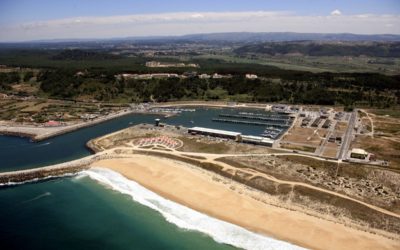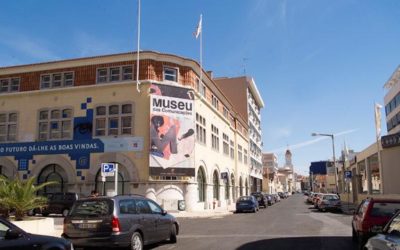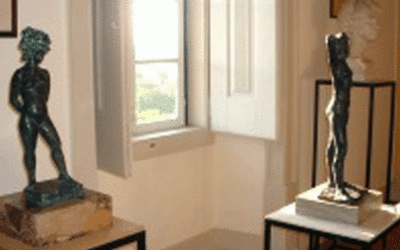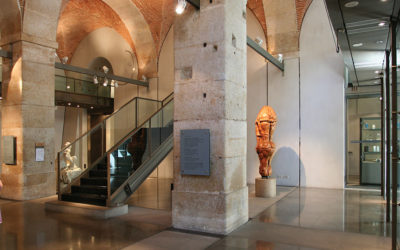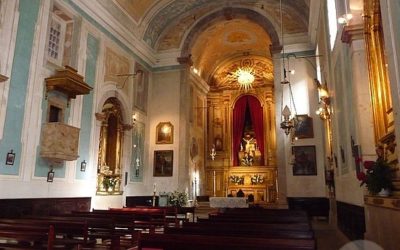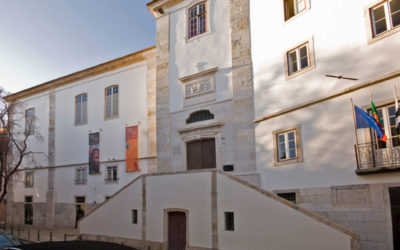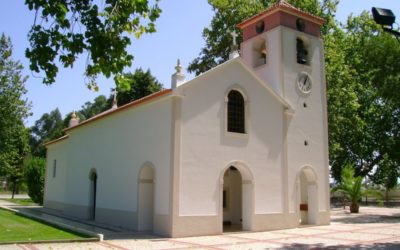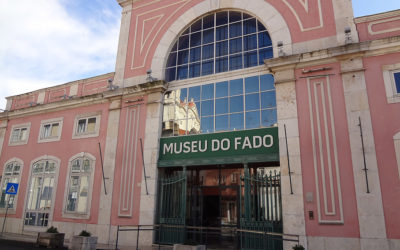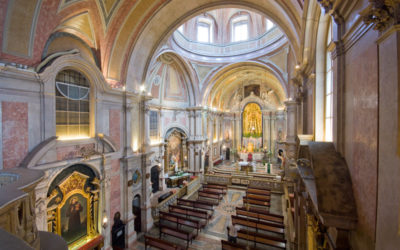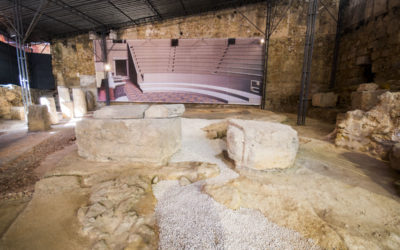Nazaré Marina
Situated between two beautiful stretches of golden sand, Nazaré is the most sheltered harbour to the north of Lisbon, without its bar ever having silted up. It has berths for 52 boats up to 25 metres in length and with draughts of less than 4 metres. In addition to the usual facilities, another useful service […]
